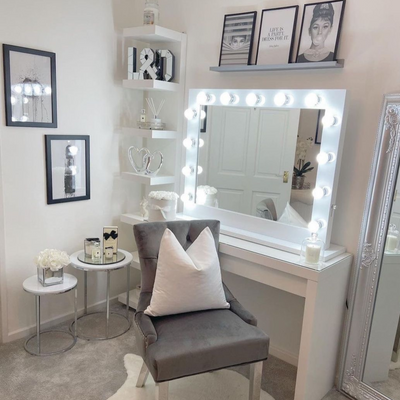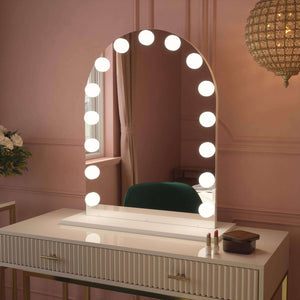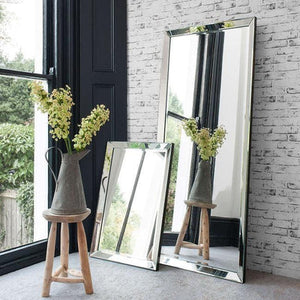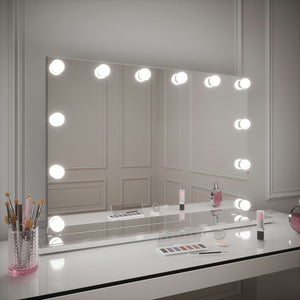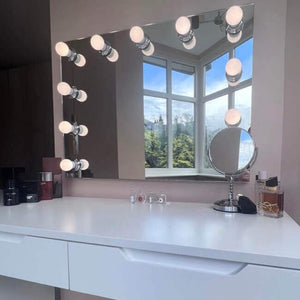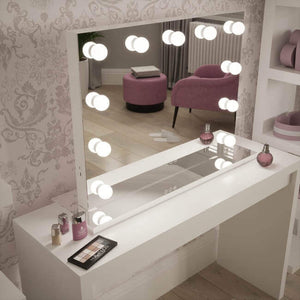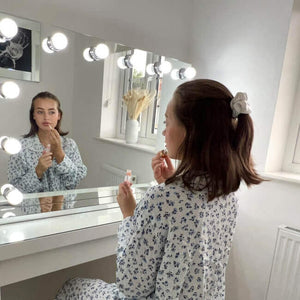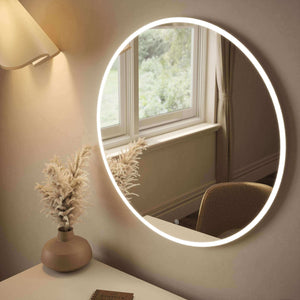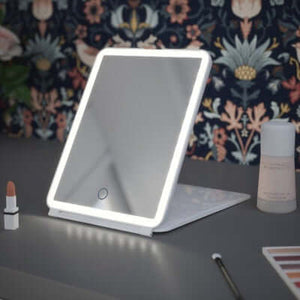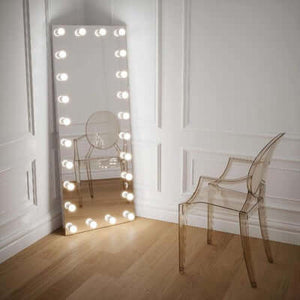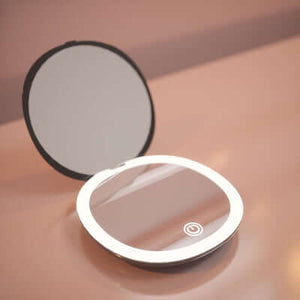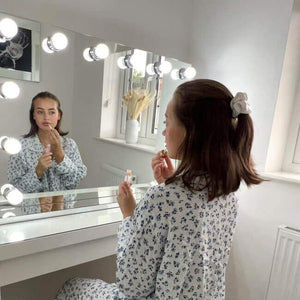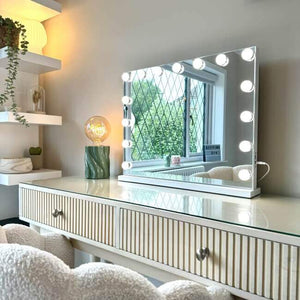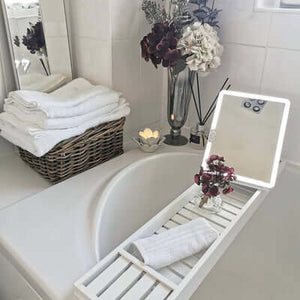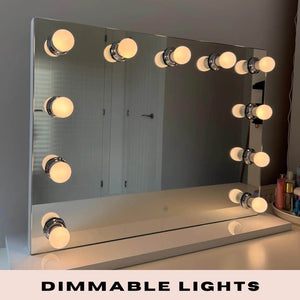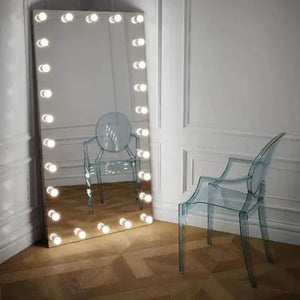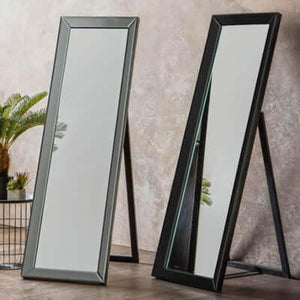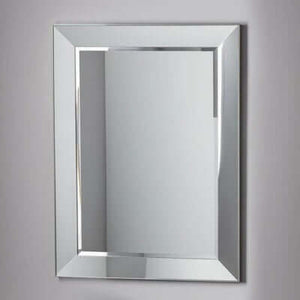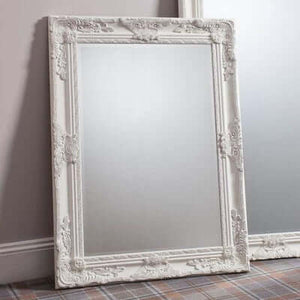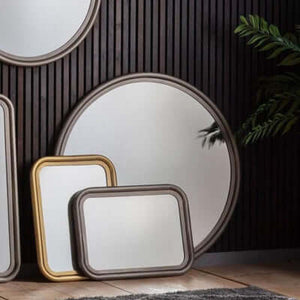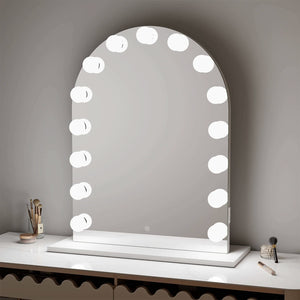Smartly beautiful or beautifully smart? How about neither? Then again, how about both!
Most of us have met the realisation that smart home technology offers remarkable convenience but often presents aesthetic challenges.
Utilitarian designs, monochromatic colours, visible cables…unless that’s your vibe (no judgement), then balancing technological functionality with interior design elegance requires a little finesse.
-
It’s all in the Strategy
Smart speakers do not need to dominate coffee tables, nor must hubs command prime shelf space. Consider tucking devices behind photo frames, plants, or ornaments. A security camera might be better suited on top of a bookcase rather than at eye level.
-
It’s not about colour matching, but compatibility
Okay, so you can’t buy your modem in purple, but that doesn’t need to drive you back into the 1990s, technologically speaking. When you get your next device, choose a colour (let’s face it, either white or grey, or black) that complements what’s already there. If your room has black accents in the woodwork or metal, great!
Embrace it! If you’re more understated, white will blend in like nobody’s business.
Many manufacturers now offer devices in multiple finishes, moving beyond standard white or black options. Selecting hues that match or complement wall colours, furniture, or accessories helps these technological additions disappear into well-designed spaces.
-
Multifunctionality is your bestie
The latest generation of smart devices increasingly embraces multifunctionality. Speakers doubling as stylish table lamps, picture frames incorporating discreet displays, or shelving with integrated charging capabilities represent excellent options. These hybrid designs serve practical purposes while contributing positively to room aesthetics.
-
Build it into the home
For comprehensive smart home systems, built-in solutions often provide the most elegant integration. Recessed ceiling speakers, in-wall touch panels, or under-cabinet lighting strips deliver technological benefits without cluttering surfaces. While requiring greater initial installation effort, these approaches yield spaces where technology remains present but invisible.
-
Select Region-Appropriate Connectivity
Ensuring devices operate consistently influences their placement requirements. Some homeowners find that certain streaming services or devices work better with a VPN for UK access when outside Britain, allowing more flexibility in device positioning without compromising functionality. This connectivity consideration means equipment can be placed for aesthetic preference rather than signal strength necessity.
7. Don’t forget about Decorative Covers and Skins
For devices that must remain visible, decorative covers offer excellent camouflage potential. From fabric speaker covers that match cushions to customisable skins for thermostats or tablets, these accessories help technology harmonise with surrounding décor. Some companies now specialise in bespoke covers that transform utilitarian devices into personalised design elements.
8. Use Your Existing Furniture
Retrofitting existing furniture pieces provides another elegant solution. Hollowing out small sections of bookshelves for smart speakers, adding charging stations to drawer interiors, or mounting screens within cabinetry helps preserve a room's design integrity. This approach honours traditional aesthetics while embracing modern functionality.
9. Scale Appropriately
Size consideration remains crucial when selecting smart devices. Overwhelming a petite side table with an oversized speaker disrupts visual balance, regardless of the device's design quality. Homeowners should select technologies scaled appropriately for their intended locations, favouring compact options for smaller spaces.
Bonus: Create Visual Collections
When multiple devices must remain visible, arranging them as intentional collections often proves more aesthetically pleasing than scattered placement. Grouping similar items on a dedicated shelf or creating a command centre within cabinetry transforms necessary technology into curated displays. This approach suggests purposeful design rather than technological intrusion.

Liquid error (sections/article-template line 192): Invalid form type "45\n", must be one of ["product", "storefront_password", "contact", "customer_login", "create_customer", "recover_customer_password", "reset_customer_password", "guest_login", "currency", "activate_customer_password", "customer_address", "new_comment", "customer", "localization", "cart"]
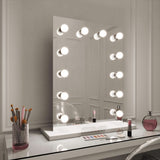 Alicia Hollywood Mirror 60cmx80cm
Alicia Hollywood Mirror 60cmx80cm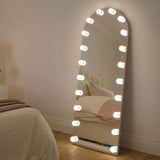 Angelina Full Length Arch Hollywood Mirror 160 x 60cm
Angelina Full Length Arch Hollywood Mirror 160 x 60cm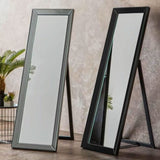 Angled Luna Mirror-Cheval Black
Angled Luna Mirror-Cheval Black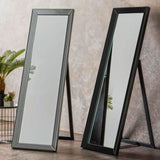 Angled Luna Mirror-Cheval Gray
Angled Luna Mirror-Cheval Gray

